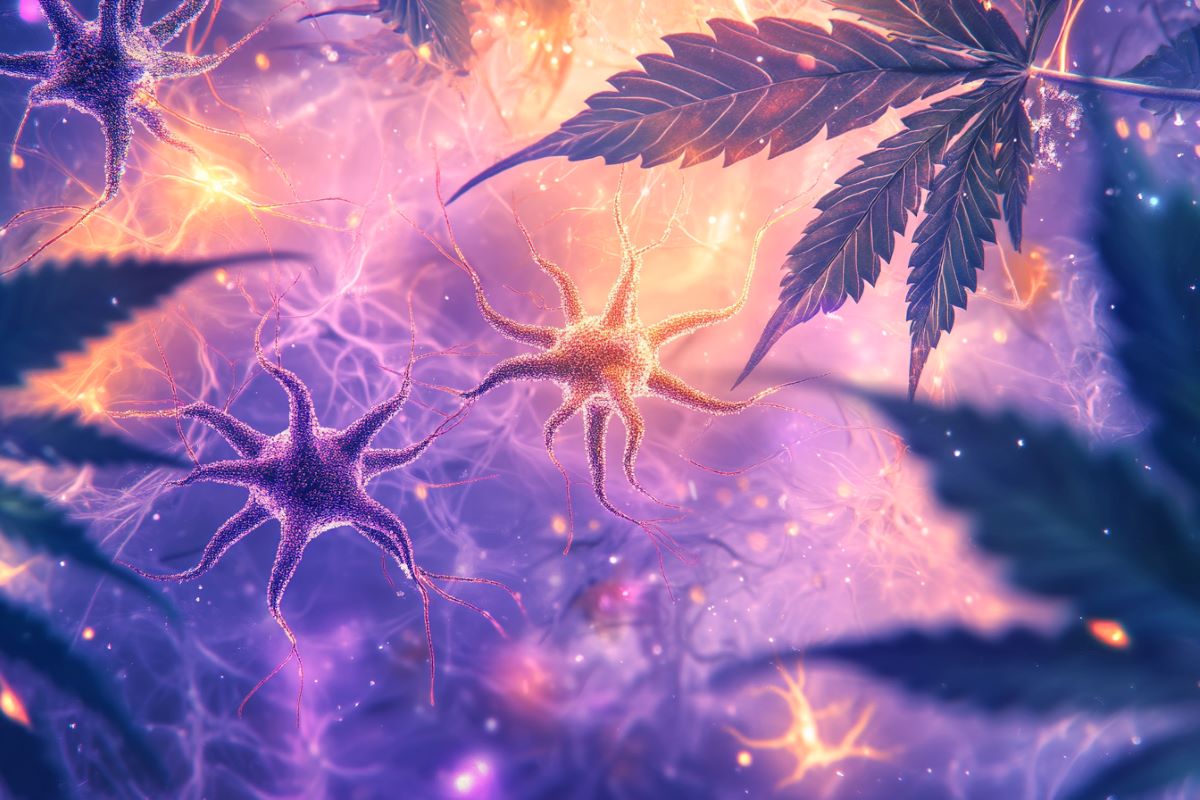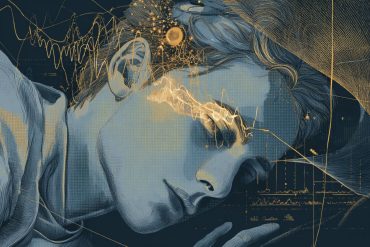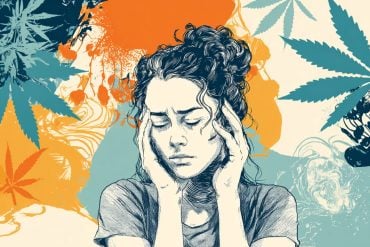Summary: Researchers discovered that cannabis affects brain development by interacting with CB1 receptors on astrocytes, not just neurons. Using a mouse model, they showed that removing these receptors impaired the brain’s ability to adapt during critical periods of plasticity, particularly in the visual cortex.
This highlights how astrocytes, often seen as supportive cells, play a direct role in early brain flexibility. The findings suggest that disrupting CB1 receptor activity during development, such as through cannabis use, may have long-term impacts on learning and brain function.
Key Facts:
- CB1 receptors on astrocytes regulate brain plasticity during early development.
- Mice without these receptors showed reduced adaptability in critical periods.
- Disrupted CB1 activity may explain cannabis risks to adolescent brain development.
Source: KNAW
Neuroscientist Rogier Min from the Amsterdam UMC has collaborated with Christiaan Levelt’s lab from the Netherlands Institute for Neuroscience and discovered how brain cells may react to cannabis, along its potential impact on our brain’s flexibility.
Cannabis binds to the so-called Cannabinoid receptor 1 (CB1-receptor), one of the most common receptors in our brain. CB1-receptors serve as switches that can turn various biological processes on or off.
Video credit: Neuroscience News
Under normal circumstances, the CB1-receptors are activated by cannabis-like substances that are produced in the brain. For a long time, CB1-receptors were believed to be situated only on nerve cells (neurons), but the team has shown that another player is involved as well: astrocytes.
Astrocytes are a type of glia cell in the brain and spinal cord. These cells play an important supportive role in the nervous system. The team discovered that the CB1-receptors located on these cells play an important role in how the brain develops, especially in one’s earlier years.
The researchers specifically looked at a process known as plasticity – which is how the brain adjusts and changes. At younger ages, there are certain periods when the brain has heightened plasticity, meaning that it can adapt and change more easily. This is known as the critical period.
What was investigated?
Christiaan Levelt: ‘In earlier studies from the 80s, researchers injected astrocytes from a kitten into the visual cortex of an older cat, the brain area involved in vision. As a result, the critical period was opened once more, meaning that the brain could adjust more easily again.
‘We also know that the CB1-receptor in astrocytes is expressed less and less as we age. Could there be a link here? And could this mean that the CB1-receptor on astrocytes play a role in this critical period plasticity?’
To investigate this, the team used a special mouse model in which the CB1-receptors of specific cells were turned off: either only on the nerve cells, or only on the astrocytes. They examined whether the absence of the receptor influenced the development of the inhibitory system in the brain.

Our brain consists of both stimulating and inhibitory nerve cells. We need the inhibitory cells, also known as interneurons, to keep our brain activity balanced. This study focused on the visual cortex, the part of the brain that helps us process what we see.
What were the findings?
The researchers discovered that removing the CB1-receptors from astrocytes meant that the brain could less easily adjust to changes during development. Rogier Min: ‘we found this by temporarily covering the eye of a young mouse during the critical period for vision.
‘In normal mice, their brain is capable of adapting to this by strengthening the connection to the ‘good eye’. Mice without CB1-receptors on the interneurons seemed to follow a similar adaptability as the control mice.
‘However, in the mice without CB1-receptors on the astrocytes this adaptability didn’t work effectively. These findings show that astrocytes in particular, and not nerve cells, play an important role in this process, which is surprising. ‘
Why is this important?
This research helps us better understand how the brain develops. It can also help us explain how cannabis-use at a younger age can introduce some risks.
Studies looking at the long-term effects of cannabis on the brain are not conclusive. But there are indicators that, if the CB1-receptor is disturbed during brain development, there may be problems with learning, memory, or other brain functions.
While young children usually don’t use cannabis, teenagers and young adults are a particular risk group. Their brains are then still developing: especially the prefrontal cortex, the part that is involved in planning and decision-making’.
Min continues: ‘The CB1 receptor is involved in numerous processes in the brain. It’s actually extraordinary that the binding of cannabis to the CB1-receptor doesn’t typically result in big problems.
‘Our research could explain some negative consequences of cannabis: the CB1-receptor on astrocytes appears to be an important player in early brain development, and disrupting this process can impact the amount that our brain can adjust.
‘While cannabis is often seen as relatively safe, it can still influence brain development at younger ages. Now we have a slightly better impressions of how and why that happens.’
About this cannabis and neuroplasticity research news
Author: Eline Feenstra
Source: KNAW
Contact: Eline Feenstra – KNAW
Image: The image is credited to Neuroscience News
Original Research: Open access.
“Inhibitory maturation and ocular dominance plasticity in mouse visual cortex require astrocyte CB1 receptors” by Christiaan Levelt et al. iScience
Abstract
Inhibitory maturation and ocular dominance plasticity in mouse visual cortex require astrocyte CB1 receptors
Endocannabinoids, signaling through the cannabinoid CB1 receptor (CB1R), regulate several forms of neuronal plasticity.
CB1Rs in the developing primary visual cortex (V1) play a key role in the maturation of inhibitory circuits.
Although CB1Rs were originally thought to reside mainly on presynaptic axon terminals, several studies have highlighted an unexpected role for astrocytic CB1Rs in endocannabinoid mediated plasticity.
Here, we investigate the impact of cell-type-specific removal of CB1Rs from interneurons or astrocytes on development of inhibitory synapses and network plasticity in mouse V1.
We show that removing CB1Rs from astrocytes interferes with maturation of inhibitory synaptic transmission.
In addition, it strongly reduces ocular dominance (OD) plasticity during the critical period. In contrast, removing interneuron CB1Rs leaves these processes intact.
Our results reveal an unexpected role of astrocytic CB1Rs in critical period plasticity in V1 and highlight the involvement of glial cells in plasticity and synaptic maturation of sensory circuits.







